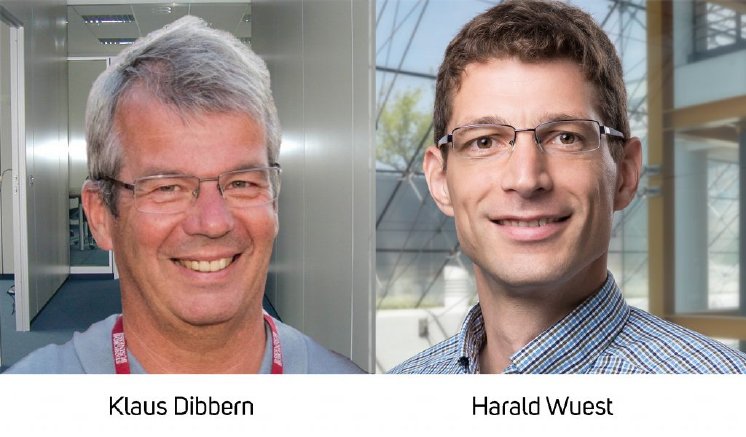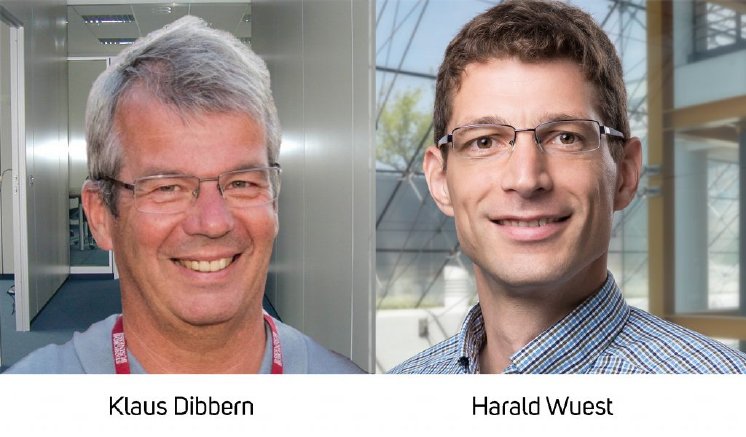The initiative to find an experienced CEO came from the founders of the Fraunhofer spin-off. Harald Wuest: "Since we started in 2017, we have built a reputation as an innovative partner to the industry with great expertise in augmented reality (AR) and computer vision. For the next chapters in our growth phase, we are very happy to have Klaus join us."
The "VisionLib" software development kit, which is now used by more than 250 enterprise customers worldwide, is a multi-platform library for industrial AR applications. Based on this core technology, Visometry develops and markets applications for the digitization of quality assurance in the discrete manufacturing industry. Visometry’s software solutions lead to a significant reduction of total quality cost.
Klaus Dibbern has more than 25 years of relevant experience in successfully building and scaling companies and organizations. As co-founder and CEO, he has established two startups in the market – a professional services firm for virtual product development (DENC, sold to PTC) and a smart mobility platform (flinc, sold to Daimler). Klaus has extensive business development and sales management expertise from his work at fast growing Silicon Valley and US-based software companies (Rasna and PTC). Most recently, he served as managing director for Europe at Israeli cybertech startup GuardKnox. He has a Ph.D. in mechanical engineering and an MBA from Stanford Graduate School of Business.
"The team's expertise is world class, the market for augmented reality applications in industrial environments is growing fast and Visometry’s products provide immediate value for customers. It’s the perfect match." said Klaus Dibbern after meeting the team and speaking with enthusiastic representatives of Visometry’s customers.
The timing is ideal, since the team is pursuing an exciting roadmap: Based on Visometry's powerful object tracking technology, new software solutions are to take AR-supported inspection tasks and quality assurance to a new level. Image processing will be even more closely integrated with CAD, and a simplified workflow will make AR applications much easier to use.


